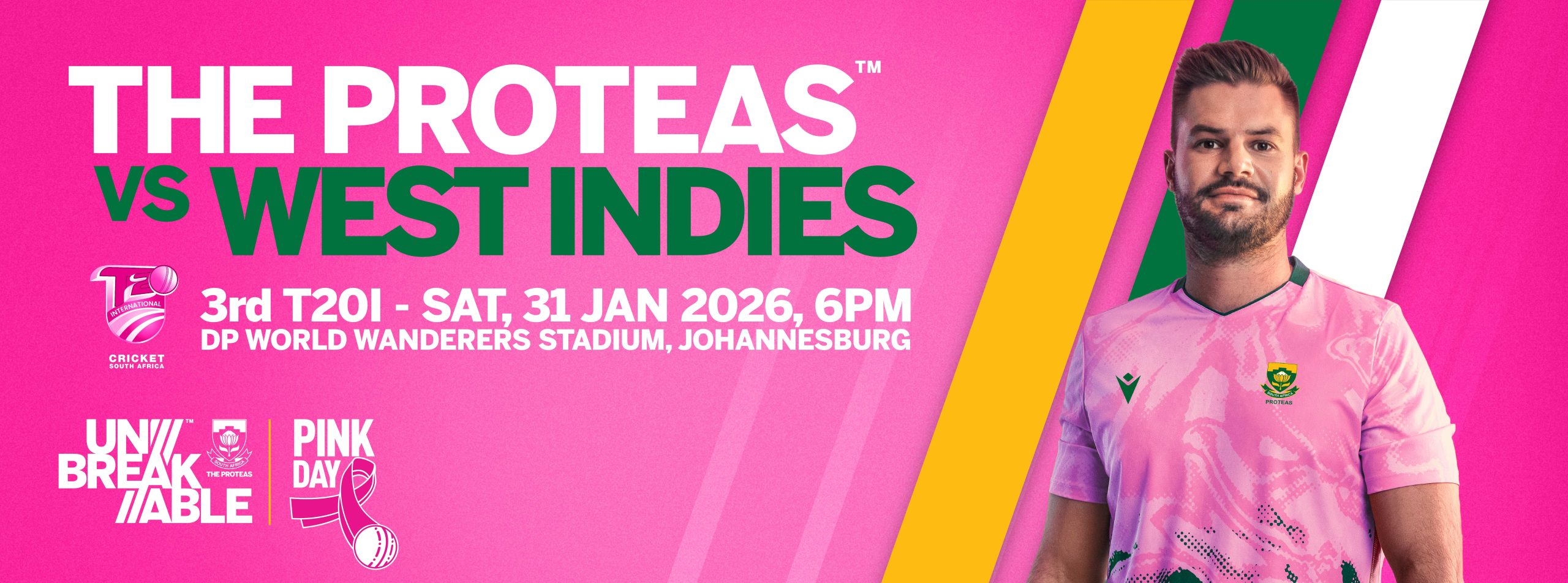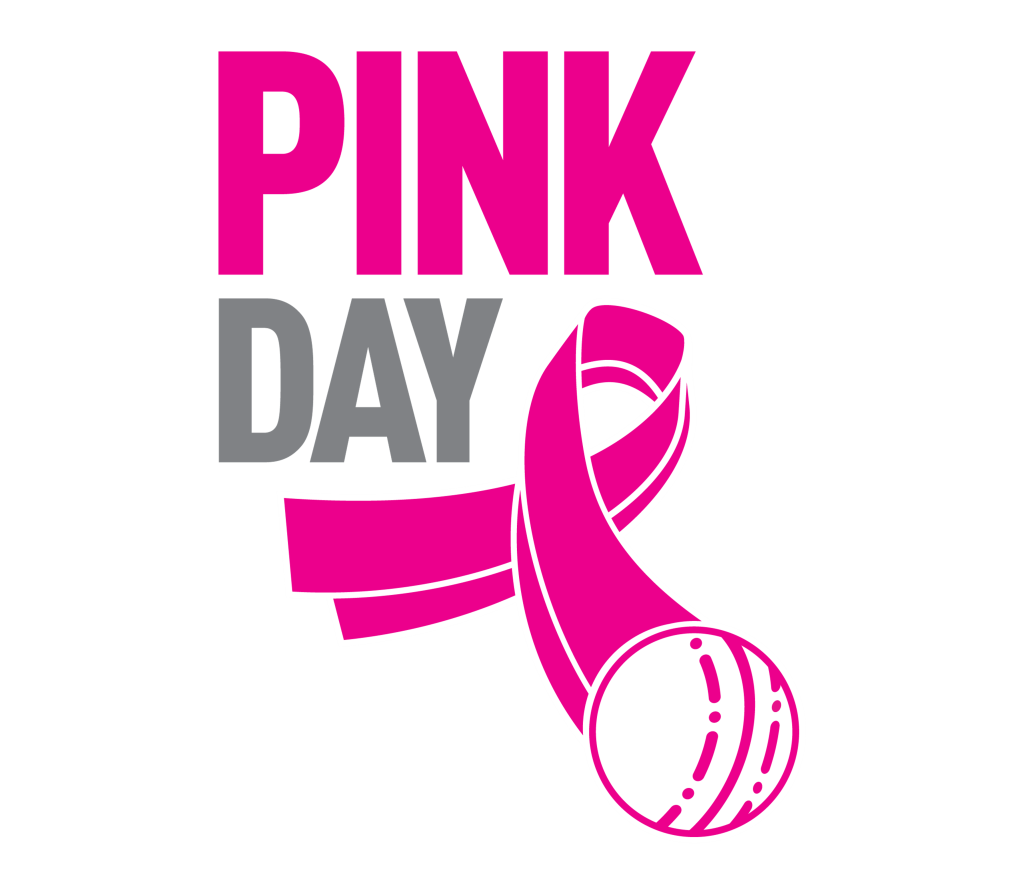There are several lifestyle and health measures you can take to help lower your risk, including:
- Exercise regularly.
- Maintain a healthy weight.
- Limit alcohol intake.
- Avoid or limit the duration of hormone-replacement therapy.
- Planning to have a baby before the age of 30 and breastfeeding for at least six months can also reduce risk
Early diagnosis and screening
Many patients come with advanced cancers to our unit. There are all sorts of barriers that make their journey more difficult. Some are caused by the healthcare system and some by socioeconomic problems, lack of understanding of the disease and significant out-of-pocket transport costs.
Treatment of breast cancer is most successful when treating women who present early with small cancers.
Early diagnosis can be achieved by increasing awareness of the public as well as health care providers so that women recognize the signs of early cancer and healthcare professionals also recognize cancers and refer for treatment early. We are supporters of the Breast Course 4 Nurses program which trains nurses in breast care. We also hope that this initiative will offer information and make South Africans more aware about breast cancer.
There are different ways to screen for breast cancer. The aim of screening is to find a breast cancer before the woman has noticed a problem. Many high-income countries offer population-based screening programs which use mammograms to look for early cancers. We do not have population-based screening programs to date in South Africa. Plans are on the way to increase awareness and to use clinical breast examination as an initial screening method.
Clinical breast examination: This is a breast examination performed by a trained healthcare worker and helps to achieve an earlier diagnosis and treatment. All women over the age of 40 should have a clinical breast examination at least once a year. These can be done by trained nurses at clinics and doctors. Ask your clinic to examine your breasts when you visit.
Breast self-examination: All women need to know their breasts and should examine their breasts on a monthly basis.
Breasts change over the menstrual cycle, with pregnancy and with age. The best time to examine your breasts is after the period or at any time during the month if you are no longer having periods.
Technique is important:
- Start by standing in front of a mirror. Are there any new changes? Put both your hands at your side and check your skin and nipples, the breast shape and dents.
- Lift your hands above your head to check the lower part of the breasts. If your breasts are large you may need to lift them so you can see the skin under the breast.
- Now lie down and lift your one arm above the head. This will flatten the breast and makes it easier to feel. With the other hand start feeling the breast in the area close to the armpit. You can move around the breast in circles to cover all areas. Then also feel under the armpit. You will need to bring down the arm to be able to relax the area and feel for lumps. You then switch hands and do the same on the other side. Always use the flat three middle fingers to feel. Don’t squeeze the breast between fingers as all breasts will feel lumpy like that.
- If you have found any new changes always go and have it checked out.



Follow Us!